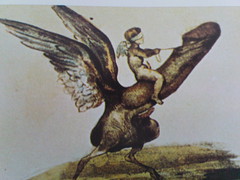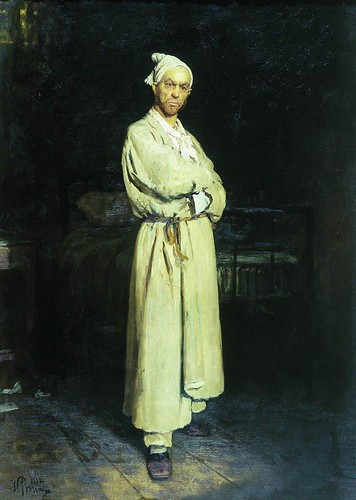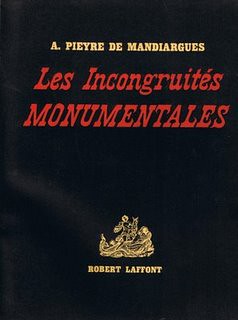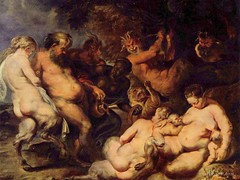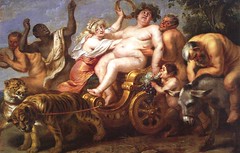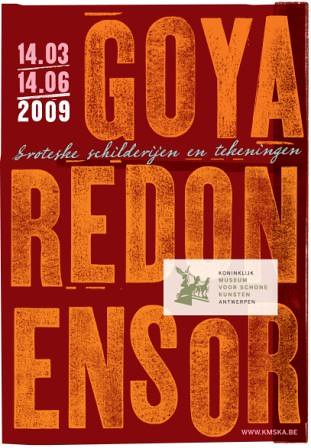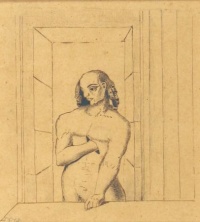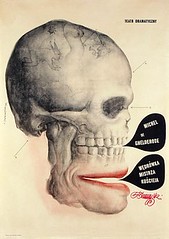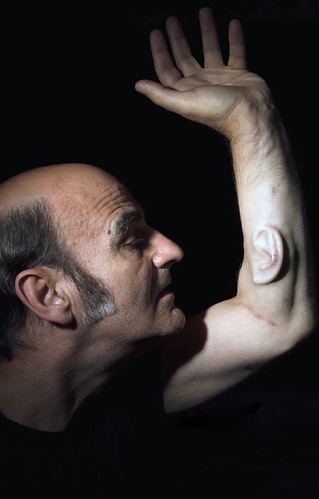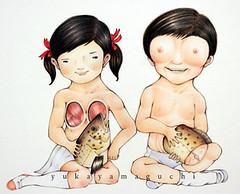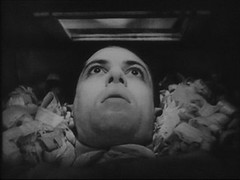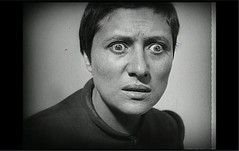In the history of world erotica I present you with Le Poitevin’s diableries.
From the Les Diableries Erotiques by Eugène le Poitevin
Eugène le Poitevin (1806 – 1870) was a French artist, author of Les Diableries Erotiques.
He is an underrated figure in the history of French erotica and his engraving above from the aforementioned Les Diableries Erotiques is icon of erotic art #42.
Diableries are an interesting genre and illustrates how — before the “invention” of erotica and pornography — body parts and the people possessing them were used for subversive purposes, here as a form of satirical pornography or pornographic satire. The genre goes back to Rabelais, although his masterpiece Gargantua and Pantagruel was more emetic than erotic.
Gargantua and Pantagruel by François Rabelais, illustrated by Gustave Doré in 1873
Cardinal Armand de Rohan-Soubise by anonymous
Anonymous satirical caricature of the Cardinal Armand de Rohan-Soubise (1717-1757); this engraving is a good example of “pornography” as a tool for political subversion during France’s ancien régime.
Of course, artists such as Le Poitevin deserve a place in the history of derision, a playful and benign derision that is turned toward ourselves, toward the very core of human nature. As such it is also a piece of toilet philosophy.
Remarkably, the writeup on a Poitevin engraving not depicted here in my edition of Erotic Art of the Masters the 18th, 19th, 20th Centuries Art & Artists , author and editor Bradley Smith notes “penises and vaginas fly through the air like butterflies, are gathered in baskets and, personified, play games with adults and children.” This quote echoes the following by Deleuze and Guattari, “Flying anuses, speeding vaginas, there is no castration” (A Thousand Plateaus, p. 32).

